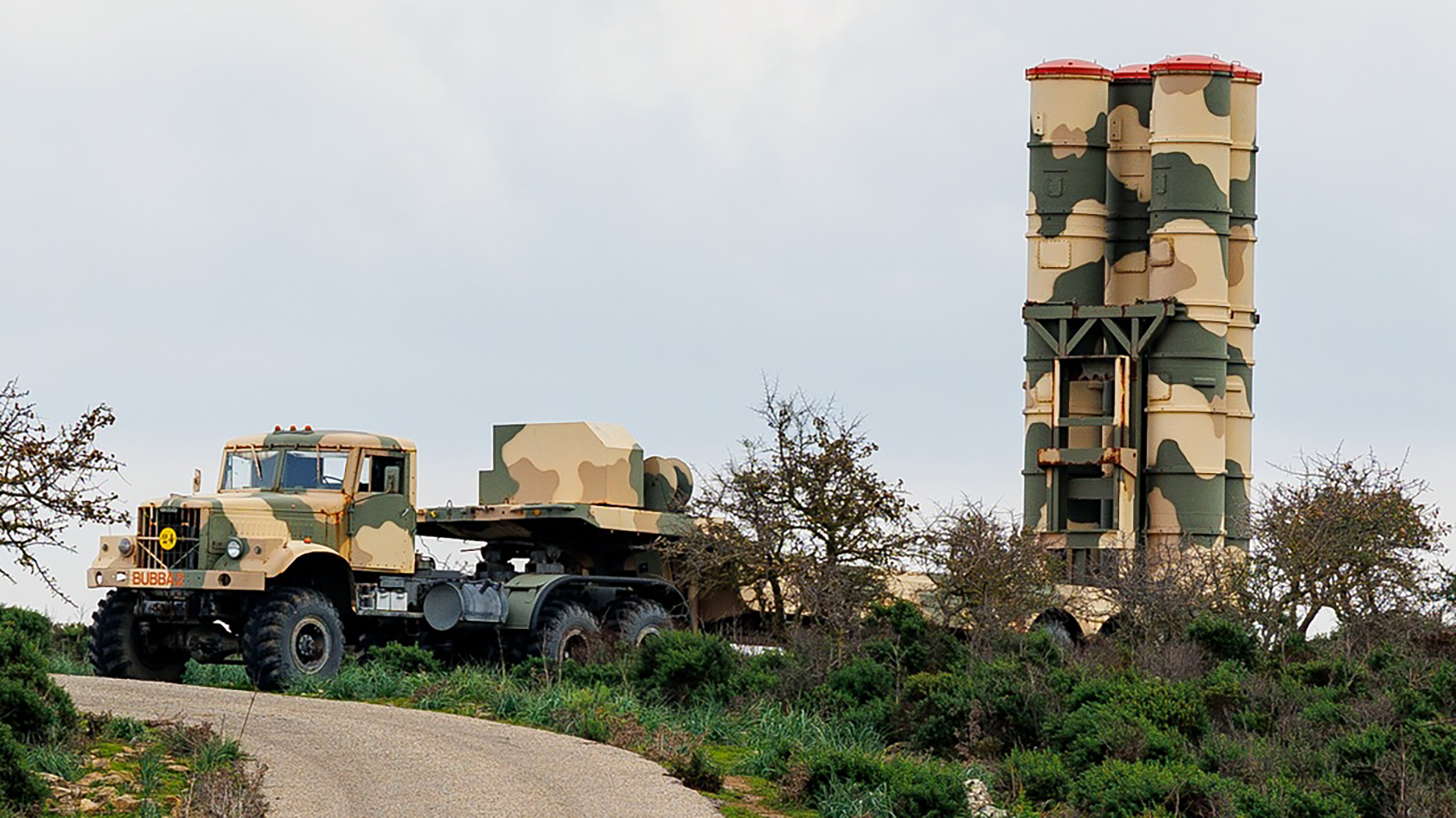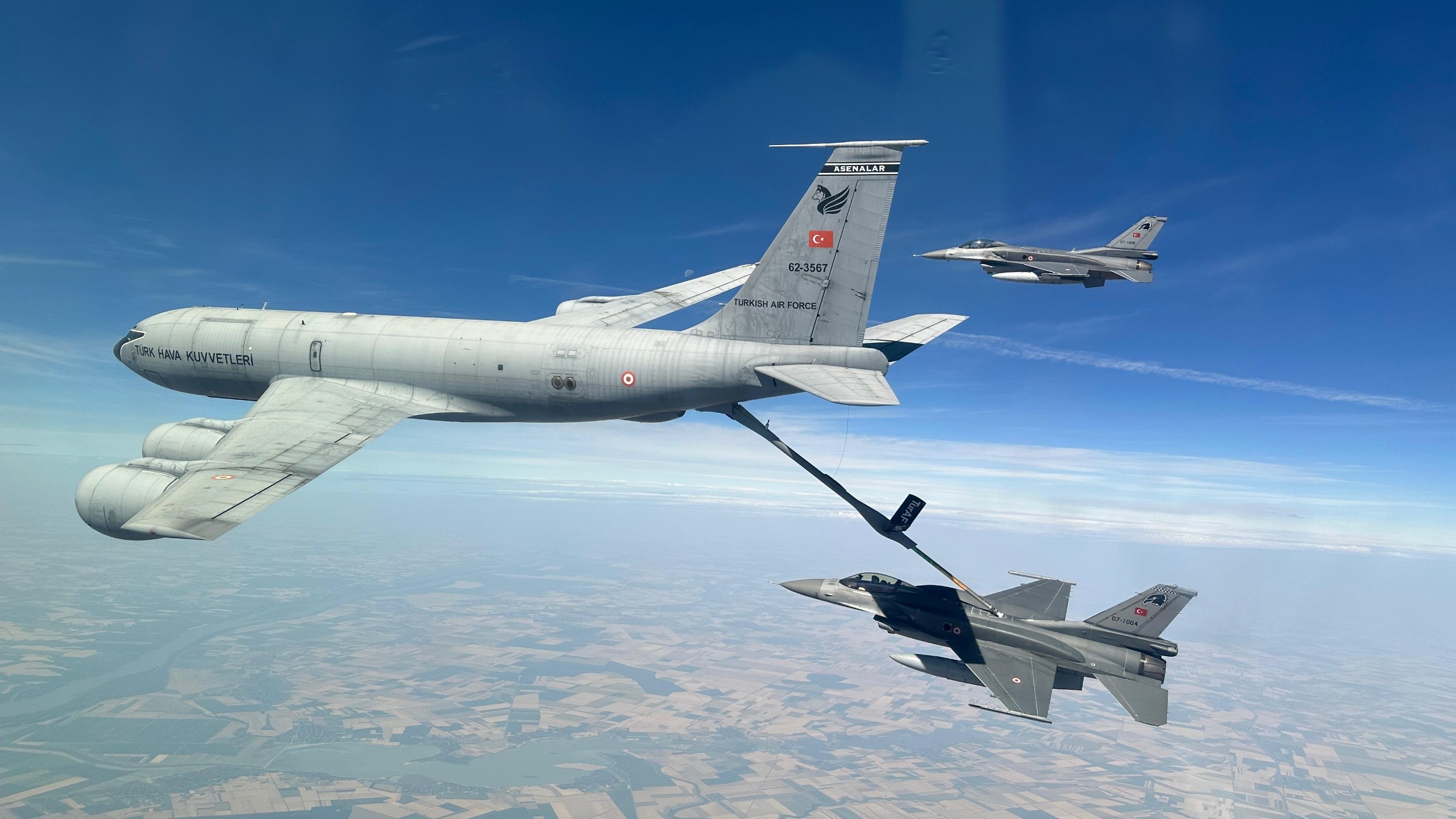Russia aims to ride the BRICS to AI victory
The United States must firm up its own coalition of AI collaborators.

“Those who will secure leadership in this domain will become the global master,” Putin proclaimed in 2017. Since then, he has implemented a series of strategic directives intended to catalyze Russia’s AI sector. Putin’s 2021 National Security Strategy stresses the integration of advanced technologies, including AI, to bolster national defense and economic resilience. The Ministry of Foreign Affairs’ 2023 Concept of the Foreign Policy emphasizes the importance of AI industry growth and strategic cooperation with BRICS. And last year, Russia updated its National Strategy for the Development of Artificial Intelligence through 2030, which outlines the formation of research and development programs to prepare “Russian artificial intelligence technologies to occupy a significant share of the global market.”
For Putin, BRICS constitutes the ideal route for international collaboration. Over the past year, the group has doubled from five to 10 members, adding Egypt, Ethiopia, Indonesia, Iran, and United Arab Emirates. The bloc now comprises 35 percent of the global economy. With an additional dozen nations it has designated as “partner countries,” BRICS is evolving into a strategic hub for AI development and governance.
BRICS has placed AI governance at the top of its agenda, establishing an AI Study Group to “develop AI governance frameworks and standards.” A recent analysis from Moscow-based consultants Yakov and Partners indicates this prioritization of AI innovation is yielding results: 100 of the largest companies in BRICS nations are shifting away from Western models like OpenAI, toward emerging Chinese, Russian, and Emirati models. Yakov and Partners projects AI could generate $350 billion to $600 billion of value for BRICS economies by 2030.
Putin is positioning Russia to be the leader of the organization’s AI push. At a summit in October, BRICS countries discussed implementing Russian and Chinese AI infrastructure in “Global South” nations to yield a more “balanced multipolar world order.” Russia has since led the formation of a BRICS AI Alliance network, a strategic initiative promoting collaborative joint research and regulation. Moscow has also encouraged BRICS to adopt Russia’s Code of AI Ethics, signaling Putin’s intent on taking leadership on international AI governance. The Code has already attracted interest from “a large-scale professional community,” with over 200 signatories from organizations and countries around the world.
After meeting with Putin at the October BRICS summit, Dilma Rousseff, president of BRICS’ main financial lender New Development Bank, also announced support for BRICS’ “new stages of maturation” and “new areas of cooperation.” In May, Roussef announced the bank’s plans to “fully embrace AI” and called Chinese AI company DeepSeek “an inspiring case for the Global South.”
Meanwhile, outside of the BRICS structure, Russia is expanding its partnerships with other U.S. adversaries. In December, Putin tasked Sberbank with expanding AI cooperation with China. The following month, the two countries formalized their Joint Declaration on Cooperation in AI, which identifies avenues for collaboration, including establishing a working group for AI regulation and application, integrating China’s Digital Silk Road with Russia’s Eurasian Economic Union digital projects, and developing joint AI models.
Likewise, after “friendly and constructive” discussions at the October summit, Moscow and Tehran unveiled a Comprehensive Strategic Partnership Agreement to develop “direct contacts between interested educational and scientific institutions” for “technical and research programs and projects.” Iranian President Masoud Pezeshkian asserted that the agreement will help “neutralize all the sanctions that the U.S. has imposed against us.”
BRICS is becoming a refuge for malicious actors to collaborate and rally against Western sanctions. It is no longer a fledgling organization, but rather a growing coalition standing against U.S. interests. So far, America has relied on export controls on advanced semiconductors to hinder the ability of its main rival, China, to innovate. Washington must up the ante and apply such export controls to all countries in the BRICS AI Alliance. This could stifle innovation among U.S. adversaries, while also incentivizing more neutrally oriented BRICS members and “partner countries” to distance themselves from the organization.
Russia is gaining traction in the AI race because of its AI Alliance with BRICS. The United States needs its own AI Alliance — a global network of like-minded democracies — if Washington hopes to stay in the lead. In addition to bolstering R&D capacities, such a coalition can establish comprehensive norms and laws around AI security. Determining a framework for international AI governance is the next frontier in the AI race.
Dr. Ivana Stradner serves as a research fellow with the Barish Center for Media Integrity at the Foundation for Defense of Democracies (FDD).
Emily Hester is a research analyst with FDD’s Center on Cyber and Technology Innovation. ]]>























































































































































